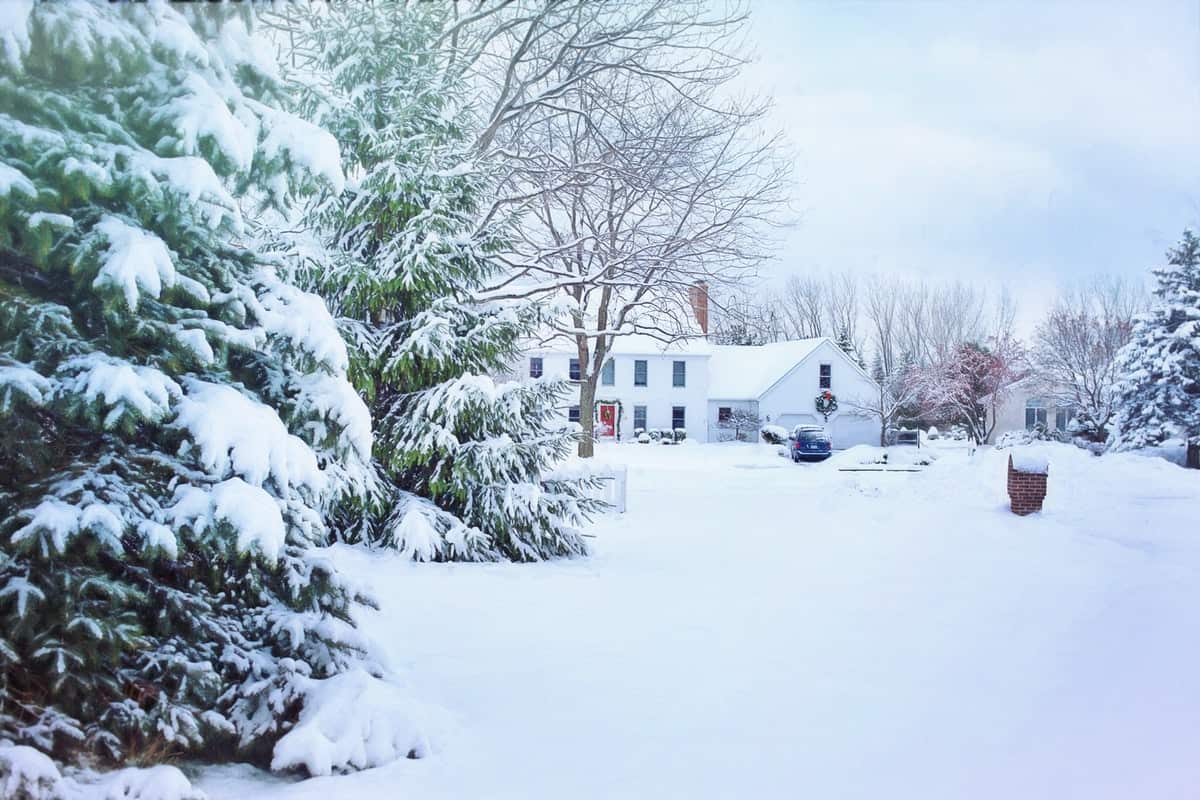Anyone who has ever lived in Maine during the winter knows that this is not a place or a time for shorts and flip-flops. November through May can be unforgiving. Temperatures drop; snow falls generously; and ice collects on roads, sidewalks, houses, and other surfaces. Fierce winds make the winters even more difficult to bear. If you are a homeowner here, and you want your lawn to return to its green, lush form by summertime, you need a year-round strategy to protect it in the winter.
Remember To Fertilize
If you neglect to fertilize your lawn, you can forget about your grass surviving the rough winter. By the time spring and summer come around, an unfertilized lawn will struggle to get green and full again. Like trees and other plants, grass needs nutrients to grow. Mowing in the spring, summer, and autumn will remove many of these essential nutrients. A quality fertilizer with potassium, phosphorus, and nitrogen will replace the food your grass will need.
In Maine, plan on fertilizing twice or three times a year. Ideally, you will want to do this in early fall and just before winter hits, but an early spring application will be effective, too. Avoid fertilizing during the hot, humid summer months. Pay attention to the instructions for the fertilizer you purchase, including how much to apply on your lawn.
When To Water And How Much
You have probably seen homes and businesses where the sprinklers are running constantly during the summer. Some homeowners may even water in early spring or late fall. Of course, you will also find places that ignore this need altogether. The right amount of water will help your grass survive during the winter and come alive again in April and May.
Watering in Maine is not necessary until late May or early June. At this time, about an inch per week should be enough to keep the grass green. Keep that same rate of watering through July and drop it to about half an inch per week in August. By the end of September, you will not have to continue watering.
Just Enough Mowing
Mowing should start before and end after your watering cycles. Starting at the beginning of May, mow your lawn and keep the grass shorter than 2½ inches. The grass will start growing faster in June and July, so you will need to mow more frequently. You should not let the grass get longer than about 3½ inches.
Your final mowing should occur as late as the end of November or the beginning of December (as long as it has not started snowing yet). Make sure to keep the grass short as winter begins. This will reduce the risk of fungi growing on the grass during the winter.
Winter takes a mean toll on lawns. You do not have to let these long months ruin your grass, though. These guidelines should keep things looking nice and healthy when the snow and ice finally leave. If you want to ensure your lawn will thrive, hire TruGreen to handle your lawn care maintenance needs.









